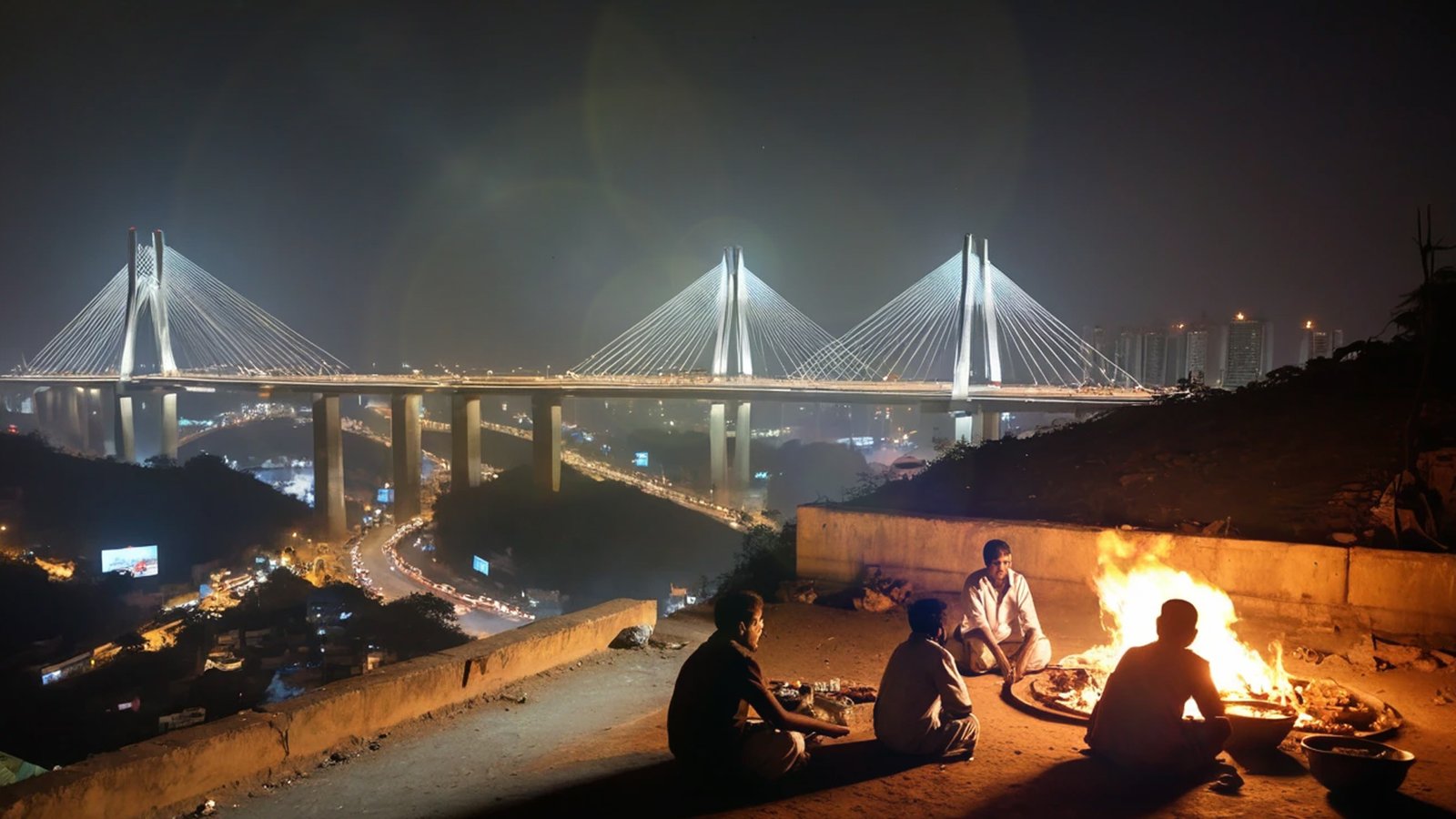Crisis of Priorities in Pakistan
Improving the transportation system in Pakistan has always been a major issue, but unfortunately, government priorities often seem surprising and unbalanced. According to recent reports, a 27-kilometer underground train project is being considered in Lahore, which will cost about Rs 600 billion.
If this news is true, it will be an inefficient use of resources because our real travel needs are much more basic and extensive.
The first transportation system that should have been upgraded in Pakistan is the railway system, but its improvement is still not among the government’s priorities. On the contrary, work is being done continuously on motorway projects. We are not against motorways, that too is the need of the hour, but the question is, is the order being kept right?
Motorway construction is a more expensive and time-consuming process than railway upgrading. The costs of acquiring land, building new roads and infrastructure for motorways are very high, while Pakistan Railways already has a large land and infrastructure, which can be upgraded at a low cost. But unfortunately, no serious attention is being paid to this aspect.
A few decades ago, the journey on Pakistan Railways was not only comfortable but also fast. But now due to continuous negligence, insufficient investment, and worn-out tracks, its condition has deteriorated to the point of utter ruin. In some parts of Sindh, the speed of the train is 70 km per hour, while in some areas it is only 50 km per hour.
The same track can be improved to 120 km per hour by spending a few billion rupees, but the government’s focus is still on big and expensive mega projects. In the past, the journey from Hyderabad to Rohri used to be completed in three and a half hours, but now even the fastest non-stop train takes 5 hours.
Similarly, in 2004, the Islamabad Express used to reach Pindi from Lahore in three and a half hours, but today even a modern train like the Green Line takes four and a half hours. All this is the result of the dilapidated condition of the railway tracks, without which no new train service can prove effective.
Due to the old and weak tracks of Pakistan Railways, train derailments have become common. It seems that the authorities are waiting for a major accident, only then no practical action is being taken.
Modern railway systems are being adopted all over the world. Countries like Europe, China, and Japan are running high-speed trains, which run at a speed of 300 kilometers per hour.
In Pakistan too, if the railway system is modernized, the speed can be increased to 160 kilometers per hour. But on the contrary, here even a speed of 120 kilometers per hour has become a dream.
In Pakistan, train travel is many times more comfortable and enjoyable than a long bus journey. But due to continuous neglect, people have started preferring bus or air travel over trains.
If in a city like Lahore, investment is made in improving the railway infrastructure instead of an underground train, it will have a more sustainable and wide-ranging impact. But it seems that the government’s strategy is limited to show-off projects and temporary facilities.
It is very important to set the right priorities to modernize the transportation system in Pakistan. Instead of a mega project like Rs 600 billion, if this amount is used for the rehabilitation, upgradation of railway tracks and high-speed trains, the people of the country will benefit in the long run.
Motorways and other mega projects are important in their own right, but first and foremost, it is necessary to improve the rail infrastructure. A modern and high-speed rail system will not only help in economic development but will also prove to be a more comfortable and affordable means of travel for the people.
It is time for the government to understand the real travel needs instead of making mere showy plans and give top priority to the rehabilitation and development of Pakistan Railways. Otherwise, the time is not far when people will only read about train travel in history books!
Written by: Shahzad Hussain Bhatti



